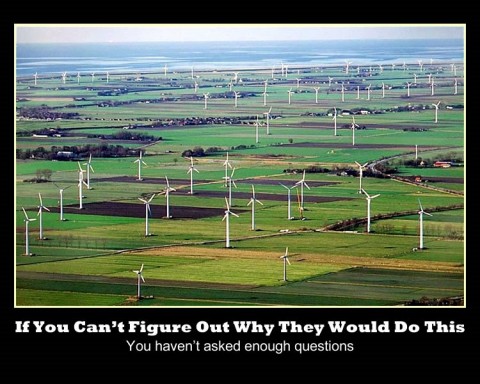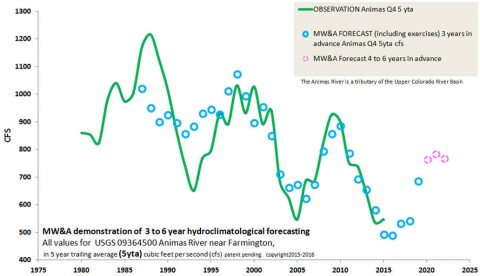Commentary by John Manfreda, edited by Marita Noon
First of four parts.
After previously flirting with the idea, on June 16, 2015, Donald Trump finally announced his entrance into politics with a run for the White House. At the time, people wondered if he was serious. Many doubted that he could secure the nomination, as many now doubt that he can win the presidency.
Understanding how serious he actually was, requires knowledge of two things:
- his political history, and
- his most referenced book: The Art of the Deal.
Trump’s Political History
The idea of running for president wasn’t new – it began in 1988, when political activist Mike Dunbar came up with the idea. Trump was dissatisfied with both the Republican candidates: George H.W. Bush and Bob Dole. Trump claimed they were “duds.” Despite creating full page ads in the New York Times, which explained his own foreign policy, Trump ultimately decided not to make a presidential bid.
Though this was the first time a Trump bid for the White House was discussed publically, it certainly wasn’t the last.
For the rest of the 1980s, and for much of the 1990s, he remained with the Republican Party. But in 1999 that changed. Trump left the Republicans and joined the Reform Party. He said the reason for his departure was because it became too conservative, while Democrats were too liberal. Trump claims that through the Reform Party, he was hoping to help form a more centrist organization.
In the year 2000, Trump teased with the idea of running for president as a Reform Party candidate. He even wrote a book called The America We Deserved. In it, Trump claims he dropped out of the race due to the party’s internal conflicts.
In 2001, Trump joined the Democrat Party. During his time with the Democrats, there were rumors that he would run for president in 2004. However, in 2004, his TV show The Apprentice was launched. He also toyed with the idea of running for president in 2008. While with the Democrats, Trump also considered running for governor of New York – but ultimately decided not to.
Disillusioned with the Democrats, in 2009, Trump switched back to his original party: the Republican Party. But his big splash didn’t come until 2012 when he questioned Obama’s legitimacy as president, and, once again, claimed that America was missing quality leadership. He, then, seriously looked at a 2012 presidential run.
Trump ultimately concluded he wasn’t ready to leave the private sector for politics. He also thought Mitt Romney could defeat Barack Obama.
In 2014, there was again speculation that he would run for governor.
Trump’s Politics Now
After years of contemplation, Trump decided to finally run for president in the 2016 Republican primary. But Trump’s announcement still had people wondering: “Is he serious and can he win?” Then and now, some still have their doubts.
To answer the questions, one must understand the philosophy outlined in his book Art of the Deal. This book is one of the best ways to understand Trump’s political past and current actions. In political interviews, discussions, and speeches, he cleverly brings in Art of the Deal. In fact, one of his famous presidential candidate announcement quotes is: “We need a leader who wrote The Art of the Deal.” Not having met Donald Trump personally, I found this book to be a great source for understanding his political actions and motivations.
Why Trump Walked Away From Past Political Races
After reading Art of the Deal, Trump’s political actions became clearer. I concluded that he was always serious about running for office, but would only do so if the environment was favorable. Understanding Trump’s negotiating methods are central to my conclusion.
The Art of the Deal, Chapter 2, page 53 states: “The worst thing you can possibly do in a deal is seem desperate to make it. That makes the other guy smell blood, and then you’re dead.” He also repeatedly says: “No deal is better than a bad deal.”
On page 54-55 he addresses the key to negotiating successful real estate deals. When it comes to real estate, most people say you need a great location. However, Trump claims that you don’t need the best location in order to negotiate a successful real estate deal. Instead, you need the best deal. Location can be enhanced through promotion and psychology. Trump also states: “What you should never do is pay too much, even if it means walking away from a very good site.” (page 56)
This helps explain his resistance to commit to past political races. In 1988, Trump would have had to face Vice President George H.W. Bush. Bush benefitted from Ronald Reagan’s popularity as most Americans were well off financially and Reagan’s success was seen as Bush’s – which won Bush the nomination on the first ballot. Trying to dethrone the Reagan Revolution likely wasn’t the deal Trump wanted to walk into. He did what he does when presented with a bad deal: he walked away from it.
Had he run in 2000, he would have had to run as a third party candidate in a party rife with internal conflict, while running against the man who was vice president under a popular president: Al Gore; as well as Bush legacy heir: George W. Bush. Once again, not a good deal for Trump – he walked away from it.
In 2004, he would have had to unseat G.W. Bush in the middle of a war – a wartime president has never lost a re-election in the history of U.S. presidential elections.
In 2008, there was Hillary, the rise of Obama, and anti-Republican feelings with which to contend. Even though Trump was a registered Democrat at the time, he had Republican ties throughout the 1980s and 90s, so this obviously wasn’t a good environment for him, either. He did what he always does when confronted with bad deals, he walked away.
In 2012, he would have had to face Mitt Romney – a favorite of the baby boom generation – in the primary. Then in the Presidential election he would have to face Obama, who was basically backed by the press. So Trump decided to do what he is accustomed to doing when presented with a bad deal: again, he walked away.
Remember, these unfavorable environments for a Trump campaign would have required him to step away from his business and let someone else make the decisions – a role he apparently wasn’t willing to relinquish just yet.
But it isn’t just Trump’s theory of walking away from a bad deal that would explain all of his actions. On page 51, he talks about knowing your own market. He states: “I do my own surveys and draw my own conclusions.” Then on page 52 he adds: “The other people I don’t take too seriously are the critics – except when they stand in the way of my projects.”
Based on these statements, it becomes clear that during those elections, he did his own due diligence, and decided those elections weren’t the best environment for him.
In 2015, all of that changed.
In part 2 tomorrow: why 2016 was different.
John Manfreda majored in Pre-Law at Frostburg State University and received his MBA at Trinity University. He has co-authored The Petro Profit report and dividend stock report, and is a former Bullion Broker. He has been featured in Forbes, the Edmund Burke Institute, The Money Show, the Examiner, and the Smart Money investor. This piece was originally written during the early primary season and predicted Trump’s win. It has been updated and revised to reflect the current political environment.



